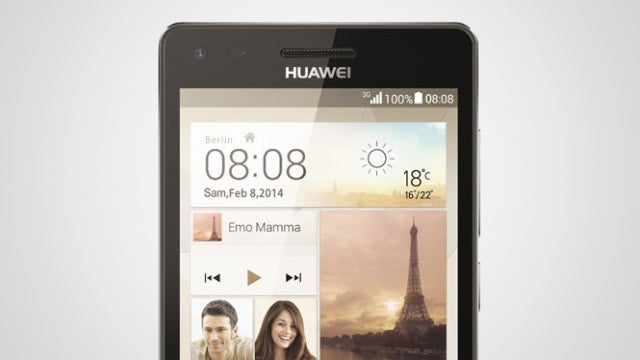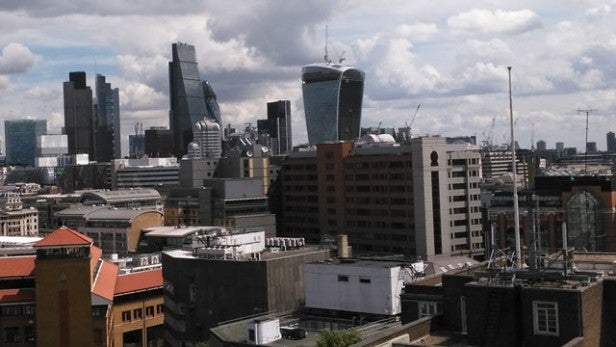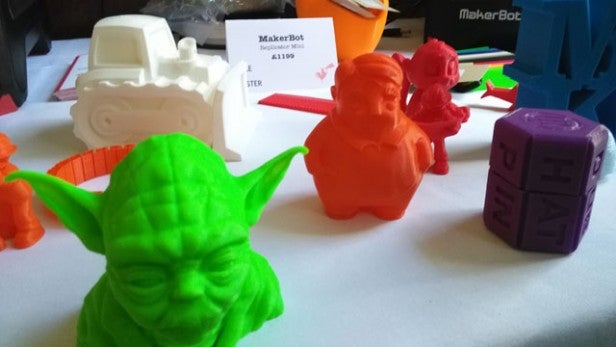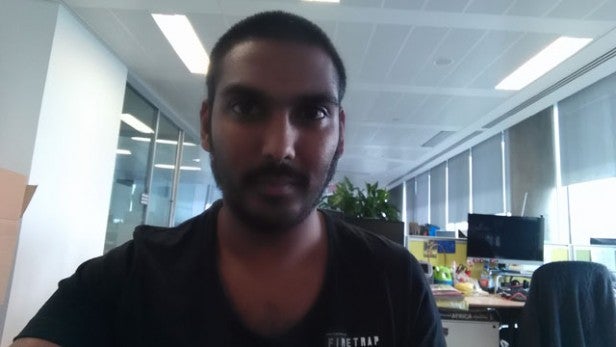Huawei Ascend G6 Review - Camera Review
Camera
Huawei's slim midrange phone is good but not spectacular

Sections
- Page 1 Huawei Ascend G6 Review
- Page 2 Software and Performance Review
- Page 3 Camera Review
- Page 4 Battery Life, Call Quality and Verdict Review
Huawei Ascend G6: Camera
This camera is the main way to separate the G6 from the EE Kestrel. The extra £100 gets you an 8-megapixel camera with flash and a 5-megapixel front-facing camera, a big step up from the 5-megapixel and 1-megapixel cameras ont he Kestrel. On megapixels alone that also puts it ahead of the Moto G and matches the Xperia M2, though the front-facing camera on the M2 is disappointing in comparison.
The Camera App
Starting with the camera app, it’s a simple and easy to use setup with two bars running down the side of the shooting area. There’s a handful of modes to play around with including Normal, Smart, Beauty, HDR, Panorama, Sound & Shot and the ability to add filters. The more advanced settings lets you add object tracking to focus in one individual element in the frame, use voice activated shooting and adjust ISO sensitivity and generally responsiveness to light.
In the way of manual controls it’s pretty limited, but if you are spending less than £200 on a smartphone, having amazing manual controls is probably not high on your list of priorities.
Image Quality
The 8-megapixel camera delivers good but not fantastic results and the autofocus is a little slow into action. Images are going to better suited to Facebook or Twitter than become photo frame-worthy candidates. This becomes more apparent when you transfer the images over to a computer to see them up close and can spot the apparent image noise and the not so punchy colours even in decent lighting.

8-megapixel image taken in Normal mode delivers Facebook and Twitter-friendly image quality
It’s more rewarding results when you move from Normal mode to HDR mode as the two photos below illustrate. Images are brighter, colourful and natural without feeling too overprocessed. Detail is still very good and with the flash on board will help out greatly when shooting in low-lit conditions.

HDR mode off

HDR mode on
Close-up shots can be hit and miss at times as the autofocus can be slow into action, making it difficult to nail great images on your first go. Colours lack punch and there’s still some issues with noise, as the below image really illlustrates. The image below shows some minor improvements, but it’s largely lacklustre results.


As for the front-facing camera, there’s more megapixels to play with than most mid-range smartphones offer, but camera modes have been reduced with HDR notably missing. You still get Beauty mode to make yourself look pretty for that selfie, Sound & shot plus the ability to add filters and effects.
Once you’ve got yourself inside the small pop-up frame to ensure you are looking at the camera, results are good in decent light but otherwise it struggles for sharpness and the Beauty mode turned up to 10 appears to make things a little too blurry.

When you need to capture video, you can shoot at a maximum 1080p Full HD, which beats the Moto G’s maxium 720p HD shooting. There’s also the ability to tag content via GPS and add object tracking mode to focus on individual elements in the frame. It’s slightly better quality than you are going to find on similar smartphones providing sharp, colourful footage that’s nice and easy to quickly share.
How we test phones
We test every mobile phone we review thoroughly. We use industry standard tests to compare features properly and we use the phone as our main device over the review period. We’ll always tell you what we find and we never, ever, accept money to review a product.


